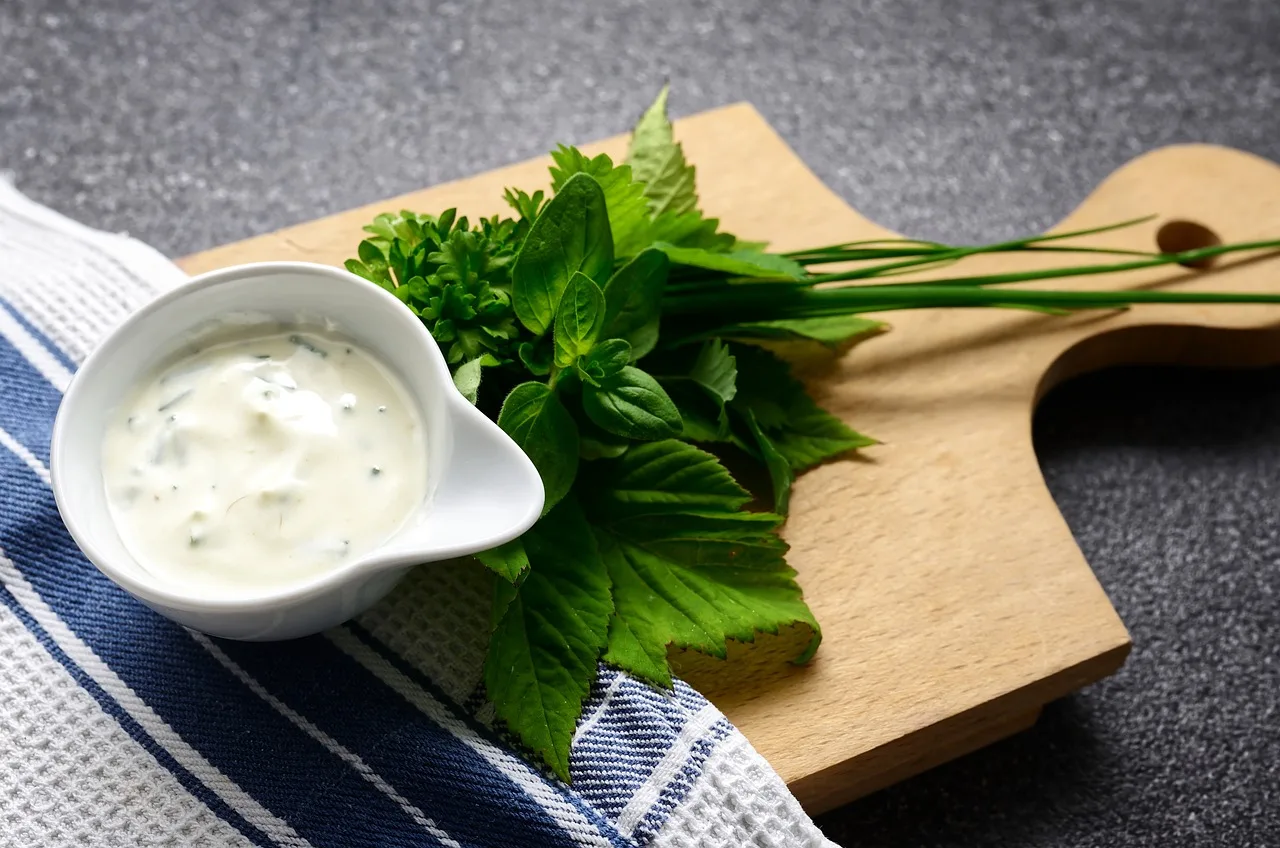
Pineapple vinegar is a unique and flavorful ingredient that is taking the culinary world by storm. Made from the fermentation of pineapple, this tangy vinegar adds a tropical twist to any dish, especially salad dressings. In this article, we will explore the history of pineapple vinegar, its health benefits, how it is made, and its various uses. Get ready to embark on a journey from farm to table as we discover the wonders of pineapple vinegar.
The History of Pineapple Vinegar
It has a rich history that dates back centuries. It originated in the Philippines, where pineapples are abundant and have been cultivated for centuries. The Filipinos discovered that fermenting pineapple juice produced a tangy and acidic vinegar that enhanced the flavor of their dishes. Over time, it spread to other parts of Southeast Asia and eventually made its way to the Western world.
Health Benefits of Pineapple Vinegar
Not only does it add a delicious flavor to your meals, but it also offers various health benefits. Pineapple is known for its high vitamin C content, which boosts the immune system and promotes healthy skin. Additionally, it contains bromelain, an enzyme that aids digestion and reduces inflammation. Studies have also shown that bromelain has anticancer properties and can help lower blood pressure. Incorporating it into your diet can be a simple and tasty way to improve your overall health.
How Pineapple Vinegar is Made
The process of making it starts by extracting the juice from ripe pineapples. The juice is then mixed with water and sugar to create a sweet and acidic base. Next, the mixture is left to ferment for several weeks, allowing the natural sugars in the pineapple to convert into alcohol. As the fermentation process continues, the alcohol is further transformed into acetic acid, giving the vinegar its distinct tangy flavor. Finally, the vinegar is strained and bottled, ready to be used in a variety of culinary creations.
Unique Uses for PineappleVinegar
While it is most commonly used in salad dressings, its versatility extends far beyond that. Its sweet and tangy flavor profile makes it a perfect ingredient for marinades, sauces, and glazes. You can use it to add a tropical twist to grilled meats, seafood, and even desserts. Additionally, it can be used as a substitute for other types of vinegar in recipes to give them a unique and exotic twist. The possibilities are endless when it comes to incorporating pineapple vinegar into your culinary repertoire.
PineappleVinegar vs. Other Types of Vinegar
When it comes to vinegar, there are numerous options available, each with its own distinct flavor and characteristics. It stands out from the crowd with its tropical and tangy taste. Unlike traditional vinegars such as apple cider vinegar or balsamic vinegar, it adds a touch of sweetness to your dishes. Its unique flavor profile pairs exceptionally well with salads, fruits, and Asian-inspired dishes. If you’re looking to elevate your cooking to new heights, it is a must-try ingredient.
Where to Buy PineappleVinegar
With the rising popularity of pineapple vinegar, it is now readily available in many specialty food stores and online retailers. You can find a wide selection of brands and variations to suit your taste preferences. When purchasing it, make sure to choose a high-quality product made from natural ingredients. Reading reviews and checking for certifications can help ensure that you are getting the best pineapple vinegar for your culinary adventures.
Homemade Pineapple Vinegar Recipes
If you’re feeling adventurous, you can even try making your own pineapple vinegar at home. Here’s a simple recipe to get you started:
Ingredients:
- 2 ripe pineapples
- 4 cups of water
- 1 cup of sugar
Instructions:
- Peel and core the pineapples, then cut them into small pieces.
- Place the pineapple pieces in a large glass jar or container.
- In a separate bowl, mix the water and sugar until the sugar dissolves.
- Pour the sugar water mixture over the pineapple pieces, making sure they are fully submerged.
- Cover the jar with a clean cloth or paper towel and secure it with a rubber band.
- Store the jar in a cool, dark place for about 2 weeks, stirring the mixture gently every few days.
- After 2 weeks, strain the liquid through a fine-mesh sieve or cheesecloth to remove any solids.
- Transfer the liquid to a clean bottle or jar, and let it sit for another week to allow the vinegar to develop its flavor.
- Your homemade pineapple vinegar is now ready to be used in your favorite recipes!
Incorporating Pineapple Vinegar into Salad Dressings
One of the most popular uses for pineapple vinegar is in salad dressings. Its tangy and tropical flavor adds a refreshing twist to any salad. Here’s a simple pineapple vinaigrette recipe to try:
Ingredients:
- 1/4 cup pineapple vinegar
- 1/4 cup extra virgin olive oil
- 1 tablespoon honey
- 1 teaspoon Dijon mustard
- Salt and pepper to taste
Instructions:
- In a small bowl, whisk together the pineapple vinegar, olive oil, honey, and Dijon mustard until well combined.
- Season with salt and pepper to taste.
- Drizzle the dressing over your favorite salad greens and toss to coat.
- Enjoy the vibrant flavors of pineapple vinegar in every bite!
Conclusion: The Future of PineappleVinegar in the Food Industry
As we’ve explored in this article, it is a versatile and delicious ingredient that is revolutionizing salad dressings and beyond. Its unique flavor and health benefits make it a valuable addition to any kitchen. Whether you choose to purchase it or try making your own at home, the possibilities for culinary creativity are endless. So why not give pineapple vinegar a try and embark on a tropical flavor adventure? Your taste buds will thank you.
CTA: Ready to elevate your salads with the tropical twist of pineapple vinegar? Shop now to experience the culinary wonders of this unique ingredient!






